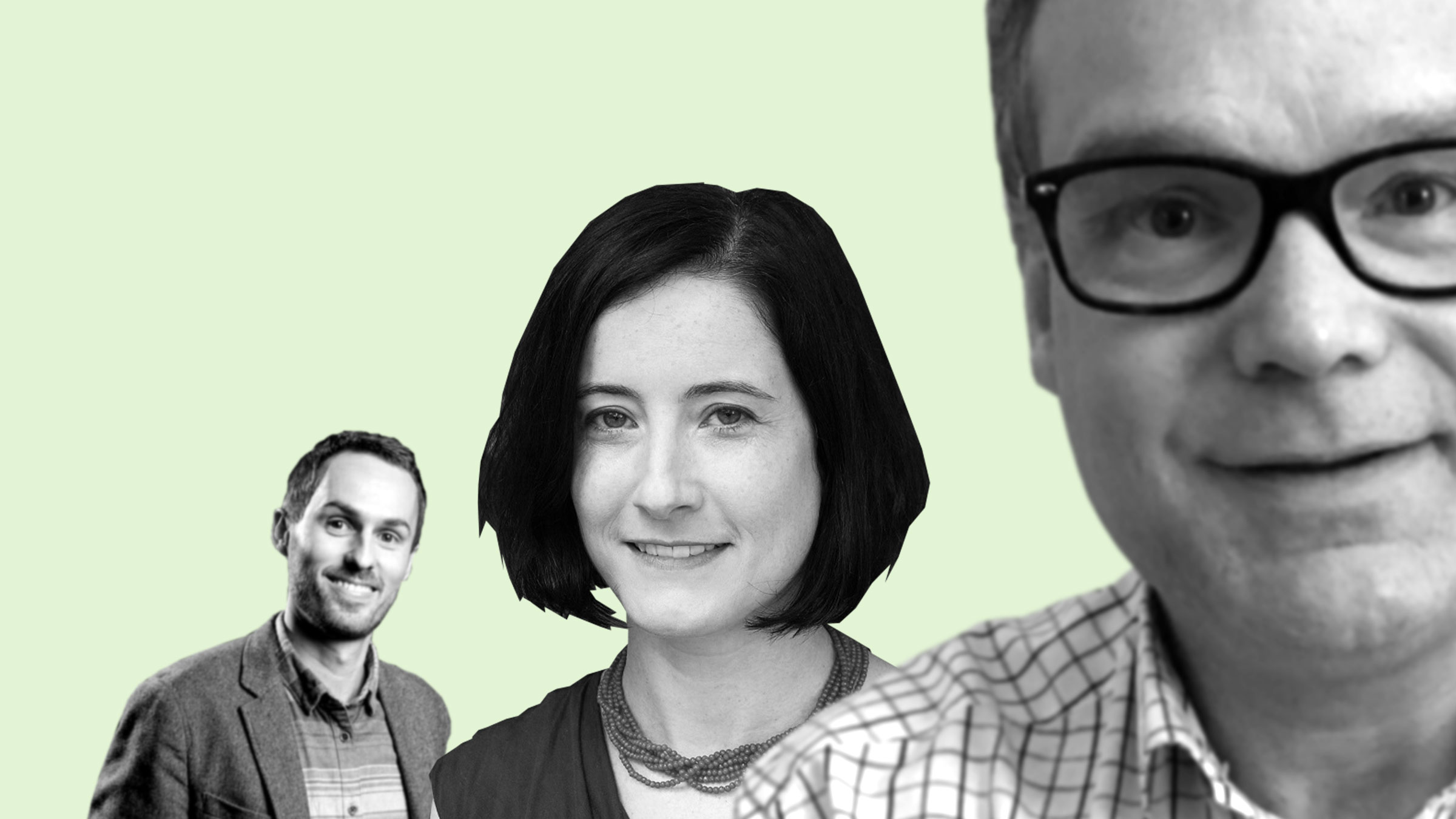Electric vehicles are often cited as a great solution to reduce emissions and combat climate change. Yet there are only about 3 million EVs on the road today, compared with over a billion motor vehicles in use throughout the world.
“The size and urgency of our problem means we have to reduce emissions as fast as possible,” says Ernesto Hartikainen, Leading Specialist at Sitra. “It is great to have a solution, but we must scale them up as fast as possible.”
Scalable solutions are one of the key themes of the World Circular Economy Forum 2019 taking place 3-5 June. It is crucial to take good solutions and expand them.
“I see two ways to think of scalable solutions. One is a business solution, such as clean technology or a circular product which can be utilised on a massive scale,” Hartikainen continues. “The other way to think about scaling is the spread of understanding about the circular economy globally.”
This spread of both understanding and implementation of circular economy solutions can be the key to keep global warming below 2 degrees Celsius.
Grow, but grow smart
Per Stoltz is Resources & Waste Manager of the Ingka Group, a strategic partner in the IKEA franchise system. IKEA is world-famous for their ability to scale. Additionally, they have ambitious goals to become circular and climate positive by 2030.
“As the world’s biggest home furnishing retailer, we have a responsibility and a good business opportunity to use our scale and influence, working with governments and other businesses, to make the circular economy a reality,” Stoltz says. “There needs to be bigger ‘volumes’ to make a real impact on the planet by transforming into a circular economy.”
A scalable solution is not only defined by its ability to expand. Stoltz explains they look for expansion which is both smart and flexible.
“A scalable solution is a solution developed locally with the customer in focus with the intention to be rolled out in all Ingka markets,” Stoltz says. “This means that the solution has to be flexible to local differences but still have a big and global impact, giving a desirable solution that is sustainable and makes business sense for IKEA.”
Partnerships are imperative
A sapling needs nutrients and water to grow. Likewise, a solution can’t scale up if it isn’t properly nourished. Kate Daly, Executive Director of the Center for the Circular Economy at Closed Loop Partners, explains that this means capital.
“Scaling is possible when the right incentives are in place,” she says. “We recently published a report on Accelerating Supply Chains for Plastics which identified sixty technology providers that are turning post-consumer plastics into the building blocks for new materials. The majority of them are in early commercial stages, but need more capital to scale to meet the substantial demand from consumer brands for recycled plastics.”
However, this is not simply about more money. A key can be partnerships among diverse investors, all with a stake in scaling up a good idea.
Daly says: “In order to scale this type of solution to plastic waste, it’s critical that we engage a range of investors, including strategic investors, private equity, venture capital, impact investors, and public or philanthropic funders to put more capital to work.”
Think outside the flat-pack
One of the key concepts of the circular economy is to find new uses for things when we no longer want them. Stoltz says they have trialled initiatives to take back, repair and resell products to give them a second life. New business models which offer use and access instead of ownership are also a possibility. Sitra has identified several such models which could be used in the manufacturing industry, for example.
“In 2020 we aim to run tests to explore different approaches to the furniture-as-a-service concept,” Stoltz says. “Our priority is to develop solutions that are truly relevant and so we focus on problem areas facing consumers, such as how we acquire things, how we retain and restore value in the things we love, and how we take away things we don’t need anymore.
“The circular economy allows IKEA to continue to expand without the need for virgin raw materials. Finding innovative ways to work with renewable and recycled materials and prolonging the life of products and materials is crucial. Through this transition we can continue to meet people’s needs and dreams at home while staying within the limits of our planet.”
If you are interested in learning more about how to scale up a good solution you can watch the WCEF live or see key speakers at our Programme page.


















Recommended
Have some more.